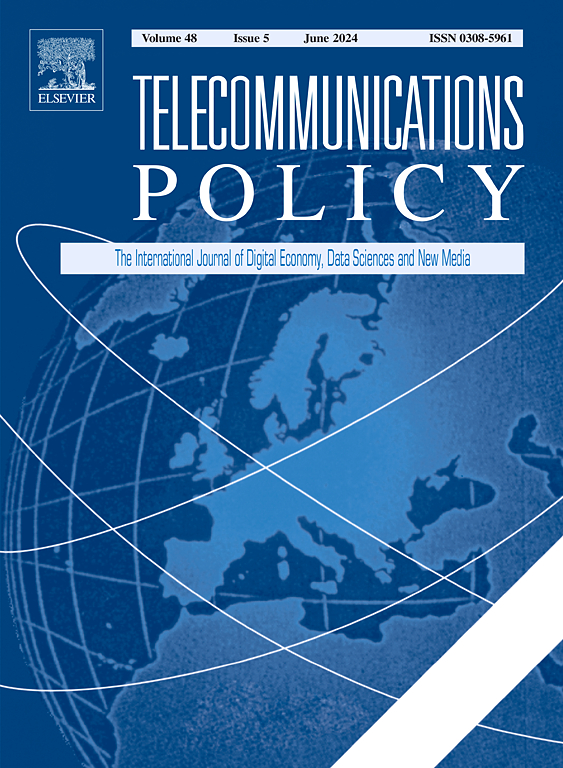被忽视-在超宇宙中存在和意识提示
IF 6.4
2区 管理学
Q1 COMMUNICATION
引用次数: 0
摘要
本文研究了“存在和意识提示”(PAACs)(如阅读收据、在线状态指示器和打字通知)如何影响计算机中介通信(CMC)中的数据披露,并特别关注新兴的元环境。PAACs在当前的政策辩论中经常被忽视,尽管它们有可能揭示敏感的行为、关系甚至生理信息。在对相关文献进行广泛回顾的基础上,我们提出了一个概念框架,概述了媒介存在的四大支柱(PAACs、内容、美学和保真度),为政策制定者提供了一个与技术无关的视角,以预测增强和虚拟环境的发展。然后,我们展示了来自六个国家的调查结果(n = 18,358),调查了用户是否以及如何注意、解释和控制paac,以及他们在高级AR/VR环境中分享额外线索的意愿。结果表明,大多数用户在不同的在线服务中认识到paac,并相应地调整他们的行为。当心率和凝视等生物信号成为预测可用性或情绪状态的组成部分时,这些见解强调了潜在的政策空白。我们的结论是,平衡消费者保护与用户友好界面需要更细致的监督,特别是因为欧洲人工智能法案和相关立法可能无意中限制了直观paac的采用。未来的研究应该探索用户如何在完全可互操作的元环境中协商这些线索,特别是当多个身份或跨应用程序交互发挥作用时。本文章由计算机程序翻译,如有差异,请以英文原文为准。
Overlooked – Presence and awareness cues in the metaverse
This article examines how “Presence and Awareness Cues” (PAACs) such as read receipts, online status indicators, and typing notifications shape data disclosure in computer-mediated communication (CMC), with particular focus on emerging metaverse contexts. PAACs are often overlooked in current policy debates despite their potential to reveal sensitive behavioral, relational, and even physiological information. Drawing on a broad review of related literature, we propose a conceptual framework outlining four pillars of mediated presence (PAACs, content, aesthetics, and fidelity), offering policymakers a technology-agnostic lens for anticipating developments in augmented and virtual settings.
We then present findings from a six-country survey (n = 18,358) examining whether and how users notice, interpret, and control PAACs, as well as their willingness to share additional cues in advanced AR/VR environments. Results indicate that most users recognize PAACs across diverse online services and adapt their behavior accordingly. These insights underscore potential policy gaps when biosignals such as heart rate and gaze become integral to projected availability or emotional states.
We conclude that balancing consumer protection with user-friendly interfaces calls for more nuanced oversight, especially as the European AI Act and related legislation could inadvertently limit the adoption of intuitive PAACs. Future research should probe how users negotiate these cues in fully interoperable metaverse environments, particularly when multiple identities or cross-application interactions come into play.
求助全文
通过发布文献求助,成功后即可免费获取论文全文。
去求助
来源期刊

Telecommunications Policy
工程技术-电信学
CiteScore
10.80
自引率
12.50%
发文量
122
审稿时长
38 days
期刊介绍:
Telecommunications Policy is concerned with the impact of digitalization in the economy and society. The journal is multidisciplinary, encompassing conceptual, theoretical and empirical studies, quantitative as well as qualitative. The scope includes policy, regulation, and governance; big data, artificial intelligence and data science; new and traditional sectors encompassing new media and the platform economy; management, entrepreneurship, innovation and use. Contributions may explore these topics at national, regional and international levels, including issues confronting both developed and developing countries. The papers accepted by the journal meet high standards of analytical rigor and policy relevance.
 求助内容:
求助内容: 应助结果提醒方式:
应助结果提醒方式:


